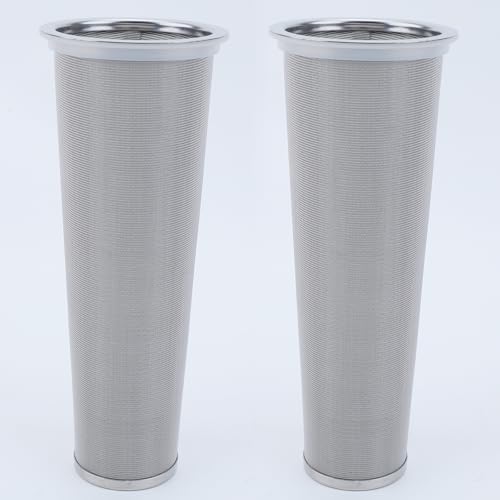- Joined
- Feb 16, 2012
- Messages
- 4,647
- Reaction score
- 7,073
- Location
- At home, in the brewery in Maryland.
There is some fall, but I don't believe this to be a truism. It is likely not even a good generalization. If you mash at about pH 5.7 or 5.8 you "may" see a 0.3 pH point drop across the boil, but if you mash at pH 5.2 you "may" see a drop across the boil of 0.1 pH points or less. And if you mash at or below pH 5.2 you may not see any pH drop across the boil. This per a peer reviewed study.
Some to perhaps much of this is related to how much calcium you have added, as well as if magnesium is added. At least one peer reviewed study indicated that added magnesium suppresses calcium's ability to depress pH during the mash, but this suppression reverses itself during the boil and causes a greater drop at that stage.
There's still a lot of confusion in my mind about what constitutes "good" mash pH targets. Usually my pre-mash planning results in pH 5.4-5.6. My setup is constant recirculation step mashes that run 1:30~1:45 hrs, so a sample taken at :20 mins is usually pretty accurate. If what I measure is more than about 0.2 off from my targeted pH 5.4-5.6, then I correct with lactic acid. I've only had one mash in the last 3 years measure more acidic than 5.2, so any correction has been due to elevated alkalinity. Pretreatment of mash water or use of acidulated malt usually gets me the pH I'm looking for without adding acid.
But what do I target after the mash? Usually there'll be a drop of 0.1 to 0.3 pH between pre-mash/post-lactic pH and the post-mash value. What is "desirable" for pre-boil and what should be targeted for post-boil? Is there a range of pH that encourages a better fermentation?
The emphasis always seems to be centered on mash, but there must be targeted values for pre-boil, post-boil and fermentation as well.
Brooo Brother



























![Craft A Brew - Safale BE-256 Yeast - Fermentis - Belgian Ale Dry Yeast - For Belgian & Strong Ales - Ingredients for Home Brewing - Beer Making Supplies - [3 Pack]](https://m.media-amazon.com/images/I/51bcKEwQmWL._SL500_.jpg)





























